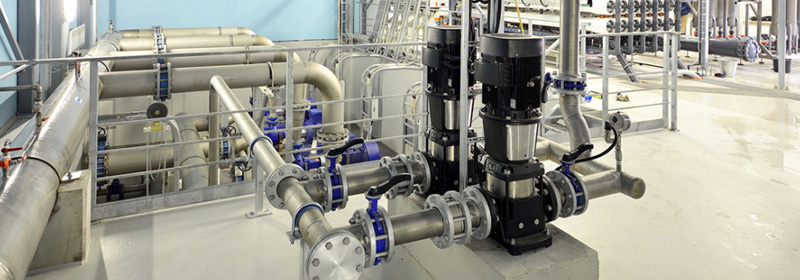1. The basic parameters of the valve are: Nominal pressure PN, nominal diameter DN
2. The basic function of the valve: cut off the connecting medium, adjust the flow, change the flow direction
3. The main ways of valve connection are: Flange, thread, welding, clamp, wafer
4. Valve pressure: different materials, different working temperature, the maximum allowable non-impact working pressure is different
5. What occasions do not suitable for cast iron valve body?
1) Water vapour or moisture-rich gas
2) Inflammable and explosive fluid;
3) Ambient temperature is below-20 °c;
4) Compressed gas
6. The pneumatic diaphragm actuator has two forms of positive and negative action, the push rod moves down as the signal pressure increases, and the push rod moves up as the opposite. Usually, the standard signal pressure is 20 ~ 100KPa; The maximum pressure with positioner is 250 KPA. There are six basic strokes: 10; 16; 25; 40; 60; 100.
7. What are the characteristics and output forms of electric actuators compared to pneumatic actuators?
The driving source of electric actuator is simple and convenient, with large thrust, torque and rigidity. It’s more expensive in small and medium size than in pneumatic. Commonly used in no gas source or not strictly explosion-proof, flame-proof occasions.

8. What are the characteristics of through single seat control valve? And suitable for what applications?
1) The discharge is small, because only one spool is easy to ensure the seal. The standard discharge is 0.01% KV, further design can be used as a cut-off valve.
2) The allowable pressure difference is small, and the valve △ P of DN100 is only 120 KPA.
3) Low circulating capacity. DN100 KV is only 120.
Suitable for low leakage and small pressure difference.
9. What are the characteristics of the through two-seat Control Valve? And suitable for what applications?
1) The allowable pressure difference is large, which can offset many unbalance forces. The Valve △ P of DN100 is 280 KPA.
2) High circulating capacity. The KV OF DN100 is 160.
3) Leakage is large because two spools can not be sealed at the same time. The standard leakage rate is 0.1% KV, which is 10 times of the single seat valve.
Mainly used in high pressure difference, leakage volume requirements are not strict occasions.
10. What are the advantages of the sleeve control valve?
Sleeve Control Valve has the advantages of single and double seat valve. There are 4 advantages.
1) Good stability. The valve plug is used instead of the spool valve seat for throttling, and the valve plug is provided with a balance hole to reduce the unbalance force acting on the valve plug. At the same time, the guide surface between sleeve and plug is large, and the change of unbalance force is small, so it is not easy to cause spool vibration.
2) It has strong interchangeability and generality. Different Flow Coefficient and different flow characteristic can be obtained by changing sleeve.
3) The allowable pressure difference is large and the effect of thermal expansion is small. Sleeve valves with balancing holes operate on the same principle as two-seat valves, thus allowing a large differential pressure. Because the sleeve and the valve plug are made of the same material, the expansion caused by the temperature change is basically the same.
4) The throttle window provided by the sleeve can be divided into two types: Open wide opening and small opening (jet type) . The latter has the function of reducing noise and vibration, and is further improved into a special low noise valve.
Apply to low noise requirements and large differential pressure .
11. What are the three main factors that should be taken into account in selecting an implementing agency?
1) the output of the actuator should be larger than the load of the regulating valve and should match reasonably.
2) when checking the standard combination, whether the allowable pressure difference stipulated by the regulating valve meets the technological requirements. When the pressure difference is large, the unbalance force on the valve core should be calculated.
3) whether the response speed of the actuator can meet the requirements of the process operation, especially the electric actuator.
Post time: Jul-28-2021




